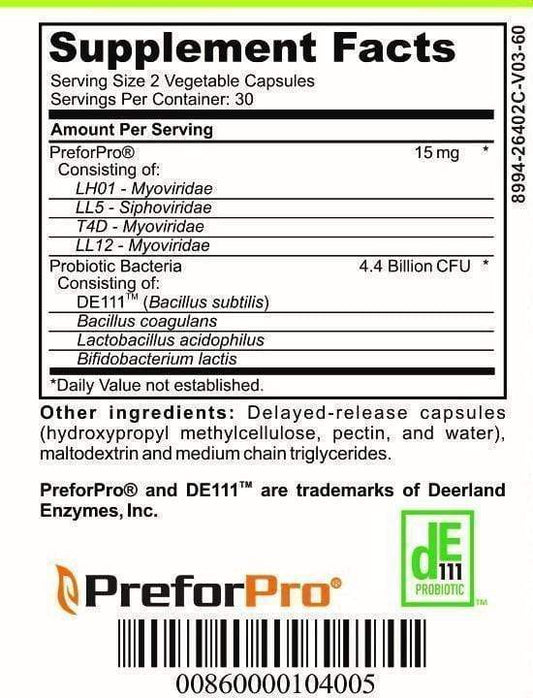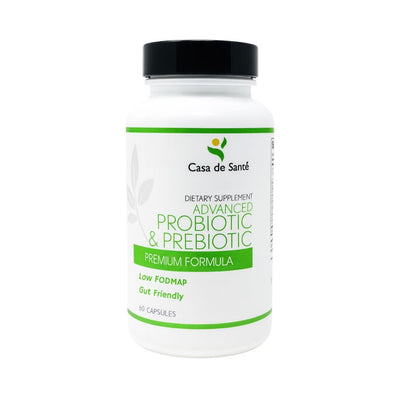Low FODMAP high protein breakfasts
Protein is an important nutrient needed for so many functions in the body like making up the hemoglobin that carries oxygen in the blood and providing structure to muscles, to name a few. And according to the National Academy of Medicine, the average adult needs a minimum of about 7 grams of protein per twenty pounds. Therefore, when you’re following the low FODMAP diet, it’s important not to forget to add protein to meals. Let’s take a look at some ways you can add protein to your low FODMAP diet breakfast meals.
Low FODMAP protein foods
The low FODMAP diet includes a variety of high protein foods from animal products to dairy products as well as certain vegetables. Here are some of those foods that you can use to create high-protein snacks with the Monash University-approved serving sizes in parentheses.
- Unprocessed meat, poultry, and seafood like beef, chicken, lamb, eggs, pork, fish, shrimp, tuna, or sardines (meat does not contain carbohydrates, so is free of FODMAPs; be sure not to season with any high FODMAP food products or seasonings)
- Cheese (2 ounces of cheeses such as Monterey Jack, Cheddar, Colby style, Mozzarella, or Swiss)
- Soy milk (1 cup; made from soy protein, not soybeans)
- Vegetables like broccoli (3/4 cup), spinach (1.5 cups baby spinach or 2 cups English spinach), or kale (1/2 cup chopped)
- Nuts and seeds like almonds (10 nuts), peanuts (32 nuts), pumpkin seeds (2 tablespoons), walnuts (10 nut halves), or chia seeds (2 tablespoons)
- Low FODMAP protein powder like the vanilla and chocolate low FODMAP protein powders from Casa de Sante
Low FODMAP breakfast ideas
Using the low FODMAP food items above, as well as including other low FODMAP-friendly foods, you can create the following high protein, low FODMAP breakfast meals. All nutrition information obtained from the USDA Nutrient Database.
- 2 eggs and an ounce of cheese; you can also add in low FODMAP vegetables like kale or spinach to create a vegetable omelet (the eggs and cheese alone provide about 20 grams protein)
- 2 slices gluten-free bread topped with 2 tablespoons of peanut butter and paired with an unripe medium banana (provides about 11.3 grams protein)
- 1 scoop Casa de Sante protein powder mixed with 1 cup unsweetened almond milk (provides about 27.5 grams protein); adding 1 cup of soymilk made with soy protein instead of almond milk can provide an additional 8 grams protein; blend in fruit like ½ cup strawberries for extra flavor and an additional 0.5 gram protein
- One-half cup of gluten-free oats prepared with 1 cup of soy milk made from soy protein (provides about 13 grams protein; if prepared with one cup of unsweetened almond milk instead, this meal will provide about 6.5 grams protein)
- One cup gluten-free corn flakes cereal served with one cup pf soy milk made with soy protein (provides about 10 grams protein)
Along with these breakfast ideas, you can also pair a few hard-boiled eggs with a serving of low FODMAP fruit for a high-protein portable breakfast meal option. You can also add an ounce of cheese for an additional 8 grams of protein to any breakfast meal option. Finally, you can add one tablespoon of chia seeds to a protein shake or sprinkle it over your oatmeal or on your peanut butter bread for an extra 2.35 grams protein.
Take home message
Breakfast is the first meal of the day that can set the nutritional tone for the rest of the day. That’s why its important to make sure your breakfast meal contains plenty of nutrients, including protein. If you’re following the low FODMAP diet, there are fortunately plenty of protein options to pick from to help build high protein, low FODMAP meals. For more low FODMAP recipes, resources, and food products, be sure to visit the Casa de Sante website.
-written by Staci Gulbin of LighttrackNutrition.com




























